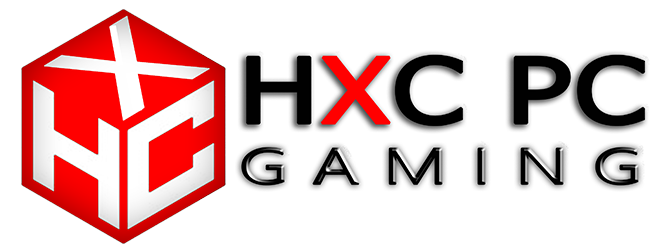The return of Final Fantasy Tactics to modern consoles didn’t happen through careful long-term planning. It all started with game director Kazutoyo Maehiro’s nostalgic replay and a sudden realisation that the game’s building blocks were missing.
“A few years ago, certain circumstances led me to play the original Final Fantasy Tactics game,” Maehiro tells Square Enix in an interview. “It was my first time playing the game since it first released all those years ago, and I got to experience its brilliance all over again, from its outstanding design that still holds up today even among modern games, to its deep narrative.”
It wasn’t just a personal trip down memory lane. As Maehiro replayed the classic, he realised something was missing for everyone else, namely, a way to play the game at all on newer hardware. “However, there was no way to play the game on the current generation of consoles. I really wanted the younger generation of players who didn’t get to experience the original release to be able to play this incredible game. That’s why we started developing this title.”
With that, the team set out to bring Final Fantasy Tactics to a new audience. But almost immediately, they hit a wall that no amount of technical know-how could fix: the building blocks of the game had simply vanished. “There were a number of major challenges, but all of them stemmed from the fact that the master data and source code from the original game no longer existed,” Maehiro admits.
It wasn’t about neglect, just a sign of the times. “This isn’t to say that they were mishandled or poorly managed or anything like that, keeping that kind of data wasn’t a normal thing to do at the time,” he says. The technology and workflows of the era weren’t built for long-term preservation. “In those days, we didn’t have the sort of robust resource-management tools that exist today, and on top of that, the production workflow of the game was such that the Japanese version was produced first, and then we would create localised versions by overwriting the data with that of other languages, including English.”
Even patching or updating after release simply wasn’t a thing. “There was also no such thing as online patches or updates, so unless there was any major reason to do something different, once you’d made the game, that was it.” It all added to a perfect storm: a beloved game ready for a comeback but without a technical foundation to build on.
“So, I think it’s fair to say that developing this game without any master data or source code was the biggest challenge.”
The solution? It wasn’t easy, or glamorous, and when asked how they solved the problem, Maehiro laughs, “Put simply: by sheer force.” With no shortcuts available, the team went into detective mode, scouring existing versions and piecing things together line by line. “We analyzed a number of existing versions of the game and reconstructed the programming of the original, but there were also times where we played the original and it worked out by feel alone…”
That process was painstaking and, at times, downright unpredictable. “The entire process was the result of cumulative hard work, on the one hand working to implement new features, while behind the scenes our work was similar to porting an old arcade game to the NES.”
In the end, it was all about teamwork and perseverance. “The staff who worked on this game were real lifesavers. I can’t thank them enough.”
So, the next time you load up Final Fantasy Tactics – The Ivalice Chronicles on a modern console, remember: it’s more than just a port. It’s a labour of love, built piece by piece from the ground up, driven by a director’s rediscovered passion and a team that simply refused to give up, even when the original map was nowhere to be found.

